Brushes for acrylic and oil painting
Brushes for acrylic and oil painting
The right material is the foundation for acrylic and oil painting, because everything stands and falls with the basic equipment. You won’t know which brushes and general materials you get along with best until you test them. Therefore, it is better to buy a proper initial equipment than a too excessive one. As you paint, you’ll quickly notice what’s missing from your collection.
-
Sale!
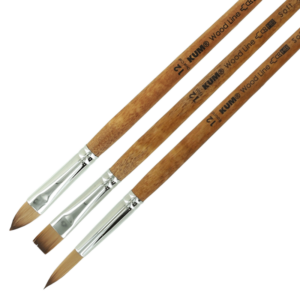
KUM Wood Line
€4,79 – €26,79
Includes 19% MwSt.plus shipping -
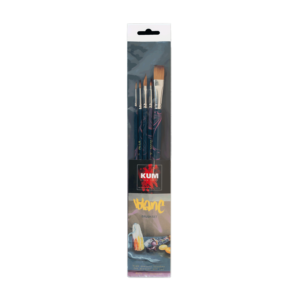
Volane Brush Set
€67,90
Includes 19% MwSt.plus shipping -
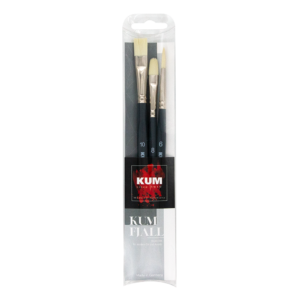
Brush set Fjall
€44,90
Includes 19% MwSt.plus shipping
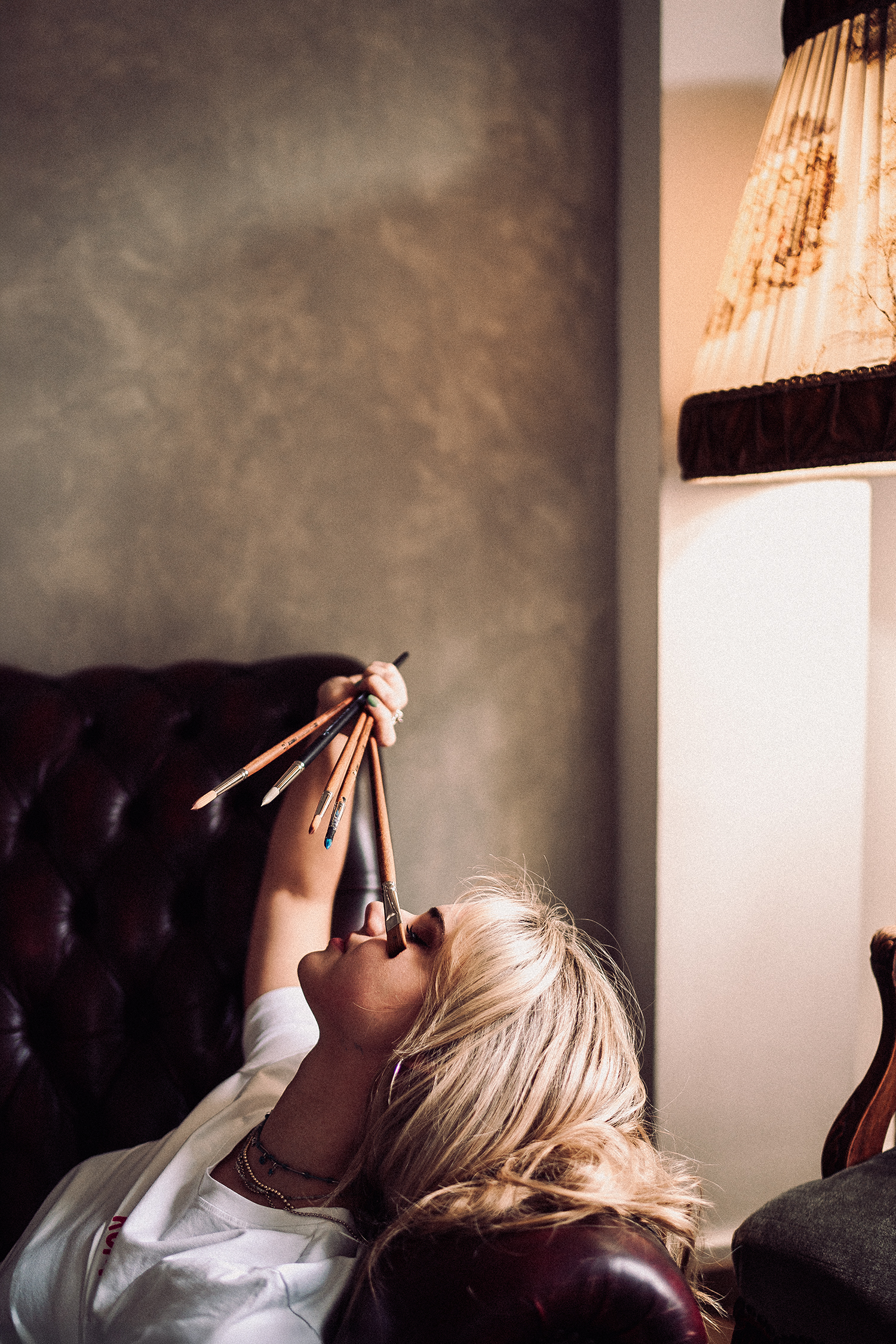
What paints are the brushes suitable for?
Basically, paints consist primarily of color pigments and binders. In acrylic paints, the color pigments are bound by acrylic resin particles and the consistency can be changed by adding water. In contrast, oil paints are not water-based, but oil-based, so they cannot be diluted with water. Linseed oil is usually used as a binder here. Both types of paints have a thick consistency, for which harder brushes are needed to spread the paints well.
What characteristics should a brush for acrylic and oil painting have?
Basically, the choice of brushes and their properties depends a lot on the effect you want to achieve with them. Bristle brushes are very hard and therefore only suitable for some specific techniques and strokes, for example, you can use them to achieve the effect of more structure, such as visible streaks and imprints. Synthetic brushes are much softer and therefore more versatile and creative. Compared to watercolor brushes, they should be more resistant and less flexible in order to be able to move the heavy paint.
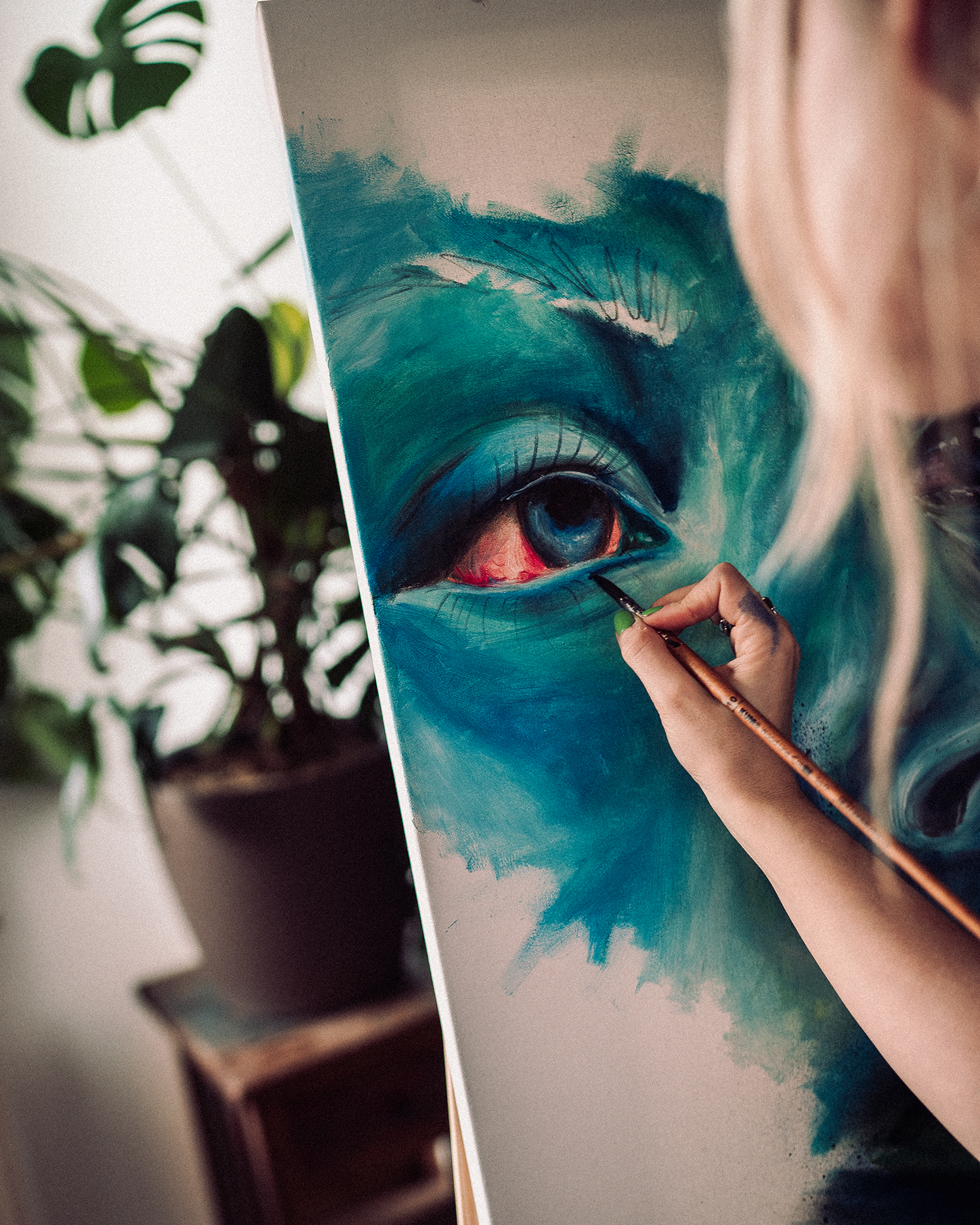
Should the brushes have a long or short handle?
When painting with acrylic and oil paints, many prefer to sit or stand in front of an easel rather than have the artwork lying flat on the table. A long brush handle allows painting at a distance from the artwork and easel. Since both the brushes of the Wood Line and those of the Black Line are intended for painting on an easel, they have long handles.
How important is the quality of the brush?
Especially as a beginner, it is difficult to figure out which brush to buy. Even if you want to ‘just try it out’, it’s still important to pay attention to a decent quality, as poorly made brushes can frustrate in so many different ways. The joy of painting disappears when brushes lose their hair, can hardly be cleaned or become hard too quickly.
Synthetic fiber or natural hair?
Natural hair brushes have proven themselves for centuries and have a good reputation. However, these are also very expensive and especially at a time when animal welfare is becoming more and more important, the question of alternative brushes arises. In recent years, synthetic fibers have been developed further and further and are now hardly distinguishable from natural hair brushes. Brushes with synthetic fibers are not only an inexpensive, but also a good and vegan alternative. In some cases, however, the synthetic fibers can also surpass real hair, as they are easier to clean, for example.
Which and how many brushes are useful as a beginner?
A complete set of brushes is absolutely not necessary to get started. If you don’t know exactly what you want to paint yet and you want to get a feel for painting with acrylic or oil paints first, a small, mixed selection of brushes with different shapes makes the most sense. A flat brush, a round brush and a cat’s tongue brush form a good basis. You have a good mix to try out from landscape to portrait painting and to get to know the advantages of the respective brush shape.
Which brush is used to paint what exactly?
ROUND
The fine brush tip allows the smallest details to be implemented. At the same time, the large number of closely spaced hairs guarantees particularly good colour retention. This allows larger areas and color gradients to be created quickly and easily.

FLAT
The flat version is particularly suitable for spreading paint and painting even surfaces and glazing. The shape is also perfect for working out corners. The brush edge can also be used to draw fine lines.

CAT-TONGUE
The wide, tapered shape combines the advantages of the flat and round variants. This makes cat-tongue-shaped brushes particularly versatile. The shape allows the artist to apply paint evenly and smooth color transitions, as well as paint lines and fine details. In addition, it is ideal for working out round shapes.

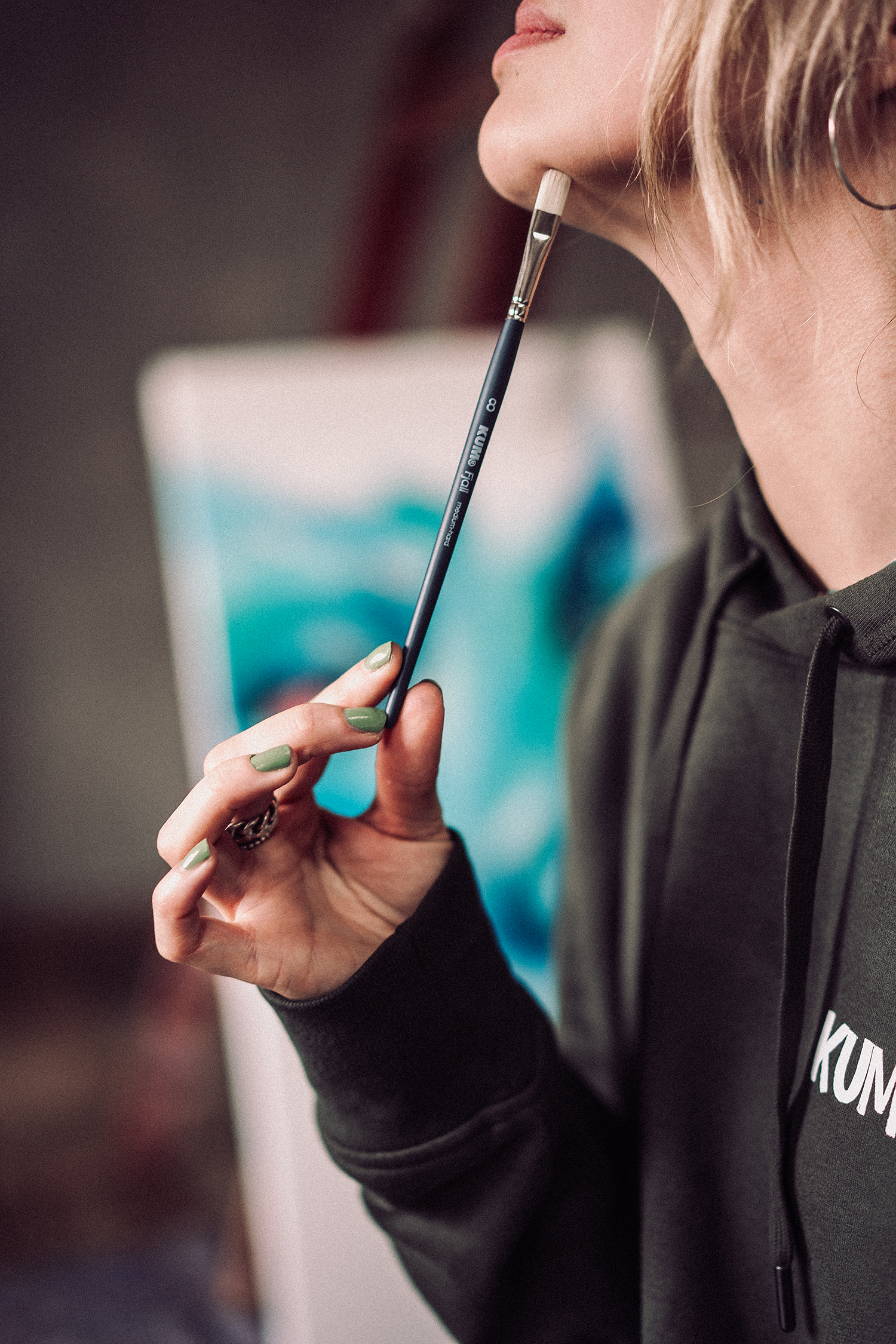
What other utensils are needed for painting? / What basic equipment makes sense?
In the compilation of your basic equipment, a small set of materials is completely sufficient at the beginning.
For acrylic painting, in addition to the brushes, you will also need:
- Acrylics – Black, white and the three basic colours yellow, blue and red (this makes it easy to mix countless other shades)
- Palette
- Painting surface – common surfaces are, for example, canvases, wooden panels, glass, cardboard or paper
- Primer – to ensure that the acrylic paint adheres well to the substrate, it makes sense to brush the painting surface with a primer beforehand
- Easel – is an advantage if you prefer to paint upright
For oil painting, in addition to the brushes, you will also need:
- Oil paints – black, white and the three basic colours yellow, blue and red (tip: also pay attention to good artist quality when it comes to colours, cheap colours often cover less well, contain fewer colour pigments and can become porous after drying)
- Colour palette – usually made of plastic or wood for mixing the colours
- Painting surface – canvases made of cotton or linen (tip: cotton is absolutely sufficient and much cheaper than canvases made of linen), but also wooden panels
– for the beginning, painting cardboard is also sufficient to try out a wide variety of techniques - Undercoat
- Linseed oil – for thinning the paints
- Turpentine – this can be used to clean the brushes after painting
- Easel
What should be considered when painting oils?
First of all, basic oil painting: painting with oil paints is not as easy and clean as, for example, with watercolors. Oil paints are fundamentally different, the paints smear, cannot be painted with water, stink and can leave ugly stains. And yet painting with oil paints has its own charm with completely different possibilities.
Due to the color, it is important to paint in a room that can be well ventilated or to paint directly outside. You should also make sure to wear only old clothes and lay out a mat when painting.
If you decide to paint on a canvas or wooden board, you should prime it first before painting. This is not only necessary for self-stretched canvases, but also for pre-primed, purchased canvases. The quality and durability are significantly influenced by the primer, as the surface is closed by the primer and the oil is not removed from the paints during application. If you choose the painting cardboard, you don’t need a primer.
Oil paint dries very slowly compared to other paints. By adding painting mediums, the drying time can be reduced, but it also has advantages if the paints take a long time to dry. Whether it makes sense to mix painting media with it depends largely on the technique you want to use to paint. With the wet-on-wet technique, your entire picture will consist of only one layer and you can make good use of the slow drying process. The paints actually dry so slowly that you can take breaks in between. However, if you want to paint layer upon layer, each layer must be well dried before you apply a new one. To help the drying a bit, it makes sense to add a painting medium such as Liquin to the paints. The golden rule when applying layers is: fat on lean. This refers to the oil content in your paints. To avoid cracks, more and more oil should be added to the upper layers of paint. But don’t worry, no matter how much you dilute the colors, the color pigments won’t change. Also note that depending on the thickness of your layer(s), it may take several days for your image to dry.
What should be considered for acrylic painting?
Overall, there are only a few points to consider when it comes to acrylic painting. However, since acrylic paint can no longer be washed out of clothing, it makes sense to wear old clothes and also to lay out an underlay. A small palette is advantageous for mixing the colours, but it can also consist of an old plate or a small wooden or plastic plate.
Since acrylic paint dries very quickly, only as much paint as is needed should always be squeezed out of the tubes, otherwise the paint will quickly become unusable. To dilute the thick paint, you can simply add a little water. Depending on the technique, no water at all, more or less water is added to the paints.
The glaze technique involves adding a lot of water to the paint to reduce the opacity of the paints. This technique is often used for backgrounds or to create optical color mixtures by layering.
To create color gradients, the Lavier technique is used. Here, the painting surface is first painted with water and then the paint is applied. To achieve an even result without visible individual brush strokes, a large, flat brush can be used to sweep over the image without pressure.
The more opaque the paint application should be, the less water should be added to the paint. To paint completely opaque, the paint can also be taken directly from the tube.
